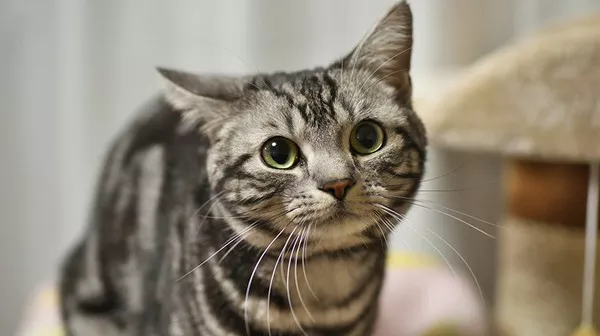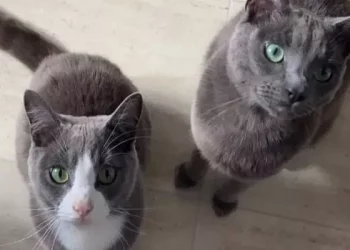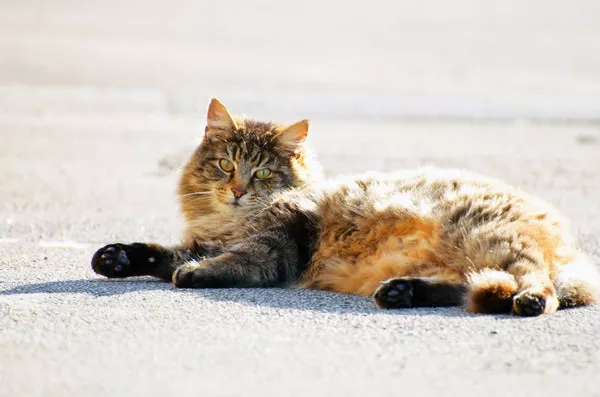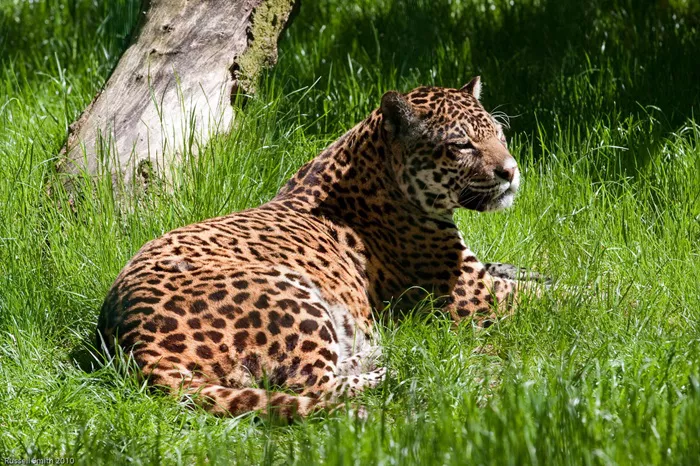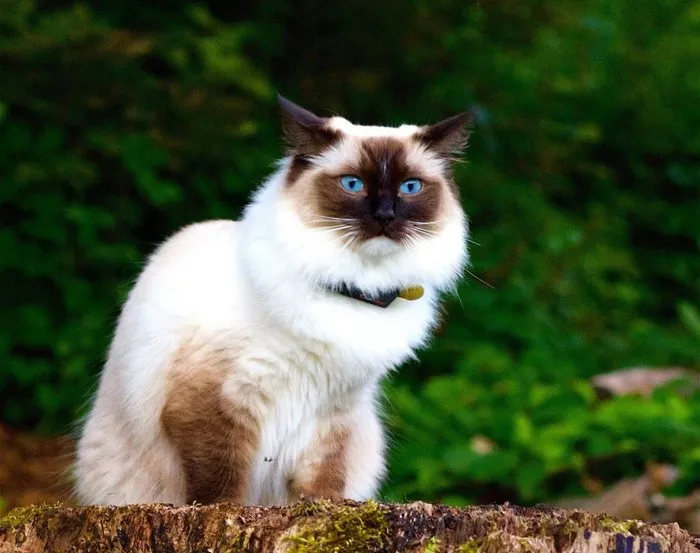The American Shorthair cat, known for its sturdy build, friendly demeanor, and adaptable nature, has a rich history intertwined with the American landscape. Descendants of European cats brought over by early settlers, these felines have adapted to various environments, including the wild. Understanding their natural diet is crucial for appreciating their evolutionary journey and informing their nutritional needs in domestic settings.
Adaptability and Hunting Instincts
American Shorthairs, like many domestic cats, possess innate hunting instincts honed over centuries in the wild. While modern American Shorthairs are primarily companion animals, their wild ancestors were skilled predators, adept at stalking, pouncing, and capturing prey to sustain themselves.
Variety in the Wild Diet
In the wild, American Shorthairs have a diverse diet reflective of their opportunistic nature. They are known to consume a variety of prey depending on availability and seasonality. Small mammals such as mice, rats, rabbits, and squirrels constitute a significant portion of their diet. Birds, reptiles, insects, and even fish are also fair game for these adept hunters.
Carnivorous Nature
American Shorthairs, like all cats, are obligate carnivores, meaning their diet primarily consists of animal protein. Their digestive systems are designed to efficiently process and derive nutrients from animal tissue. In the wild, they obtain essential nutrients such as protein, taurine, vitamins, and minerals from their prey.
Prey Preference and Hunting Strategies
While American Shorthairs are opportunistic hunters, they do exhibit preferences for certain types of prey. Their hunting strategies vary depending on the prey species and the environment. In open fields, they may employ stalking and sprinting techniques to catch small mammals like mice and rabbits. In wooded areas, they might utilize ambush tactics to capture birds or insects.
Seasonal Variation in Diet
Seasonal changes significantly influence the availability of prey in the wild, thereby impacting the diet of American Shorthairs. For instance, during the warmer months, when rodents and birds are more abundant, these may constitute a larger portion of their diet. In contrast, during colder months, when small mammals are less active, cats may rely more on alternative prey sources such as birds or insects.
Water Intake and Hydration
While American Shorthairs primarily obtain moisture from their prey in the wild, they still need access to fresh water to maintain proper hydration. Natural water sources such as streams, ponds, or puddles may supplement their hydration needs, especially during drier periods or when prey is scarce.
Impact of Environment on Diet
The habitat in which American Shorthairs reside greatly influences their dietary habits. Cats living in urban environments may have access to a different range of prey compared to those in rural or wilderness areas. Urban cats may supplement their diet with scavenged food, such as discarded scraps or small rodents attracted to human settlements.
Human Interaction and Altered Diets
With the transition from wild hunters to domestic companions, American Shorthairs’ diets have undergone significant changes. While some outdoor cats may still exhibit hunting behavior and consume prey, many indoor cats rely solely on commercial cat food provided by their owners. These diets are formulated to meet the nutritional needs of domestic cats, balancing protein, fat, carbohydrates, vitamins, and minerals.
Challenges of Transitioning to Domestic Life
Transitioning from a wild diet to a domestic one can pose challenges for American Shorthairs. Domestic cat food differs significantly from the prey they would consume in the wild, both in terms of nutrient composition and texture. Some cats may struggle with dietary adjustments, leading to issues such as obesity, nutrient deficiencies, or digestive problems.
Ensuring a Balanced Diet in Domestic Settings
To ensure American Shorthairs thrive in domestic environments, it’s essential to provide a balanced diet that meets their nutritional requirements. High-quality commercial cat foods formulated for their life stage (kitten, adult, senior) can provide the necessary nutrients to support their health and well-being. Additionally, incorporating interactive feeding methods, such as puzzle feeders or food-dispensing toys, can stimulate their natural hunting instincts and prevent boredom.
Conclusion
The diet of American Shorthair cats in the wild is a reflection of their evolutionary history as skilled hunters and adaptable survivors. While their domestic counterparts may no longer rely on hunting for survival, understanding their natural dietary preferences and nutritional needs is crucial for providing them with optimal care and ensuring their well-being as beloved companions. By respecting their innate carnivorous nature and offering balanced nutrition, we can honor the wild spirit of these resilient felines while fostering their health and happiness in our homes.

